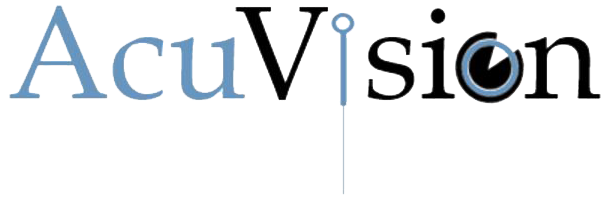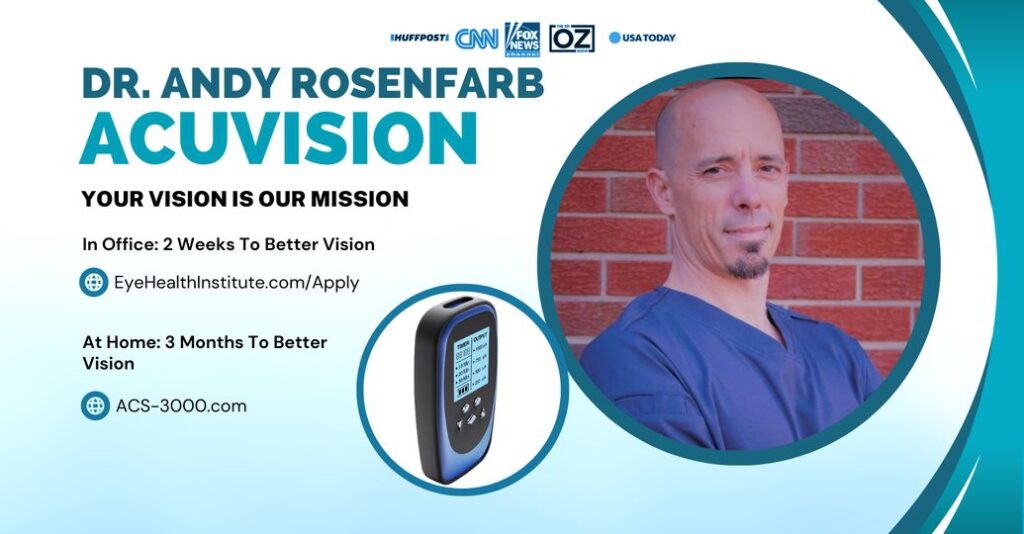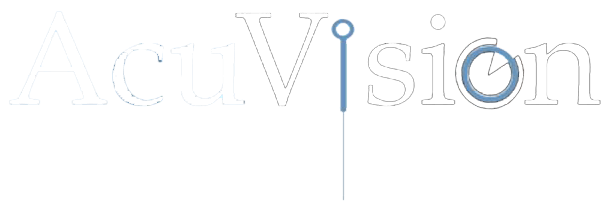Usher's Syndrome
Overview & Our Approach to Usher Syndrome
- Reducing Autoimmune Responses: Utilizing acupuncture, supplements, and at-home devices to help manage autoimmune responses attacking retinal and auditory nerves.
- Preserving Retinal and Auditory Nerve Health: Managing underlying factors contributing to nerve degeneration.
- Telehealth & In-Office Treatments: Intensive, personalized treatments in our New Jersey office for the fastest and most effective results.
- At-Home Care with ACS3000: Offering the ACS3000 system for at-home care to support retinal and auditory nerve health.
- Targeted Supplements: Providing specialized and targeted supplements to support eye and ear health.
Symptoms & Causes

Retinal and Auditory Nerve Damage
Neurodegeneration
- Mechanical trauma
- Decreased blood flow
- Retinal ganglion cell and auditory nerve cell death
Neuroinflammation
Oxidative Stress
Other Risk Factors
- Genetic Mutations: Mutations in several genes contribute to the syndrome.
- Autoimmune Disorders: Possible links to autoimmune responses.
- Mitochondrial Dysfunction: Linked to retinal and auditory nerve cell deterioration.
- Environmental Factors: Potential contributors to oxidative stress and inflammation.
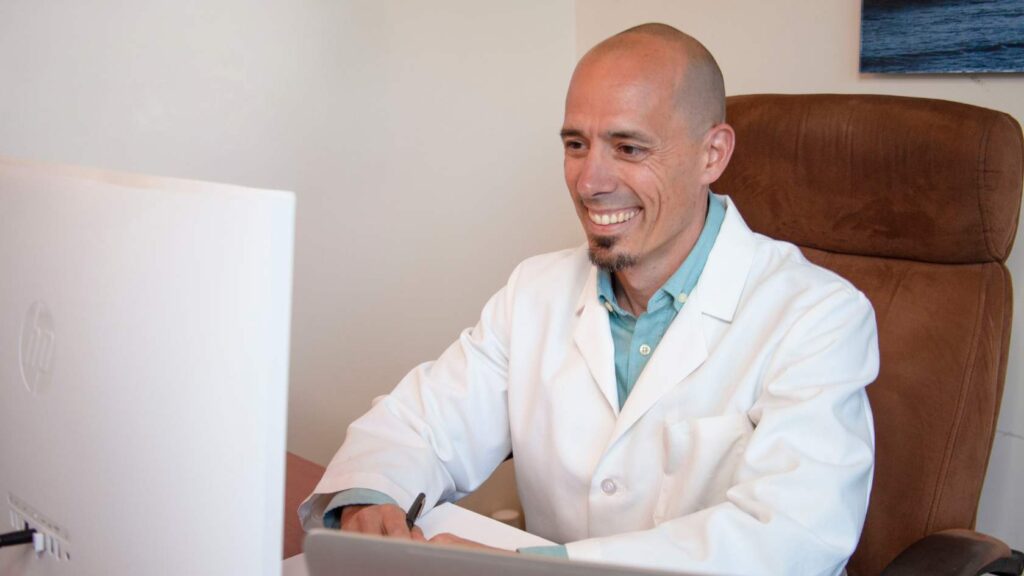
Telehealth and Intensive In-Office Usher's Syndrome Treatment
Start Your Journey with a Telehealth Consultation and Experience the Fastest Results with Our Comprehensive In-Office Care

At-Home Usher's Syndrome Treatment with the ACS-3000
Discover the At-Home Frequency Specific Alternating Current Micro Stimulation System
Yes, you can achieve vision recovery from the comfort of your home! Introducing the all-new ACS-3000 at-home vision recovery system. This advanced technology utilizes Frequency Specific Alternating Current Micro Stimulation to support optic nerve health and improve vision.
Experience the benefits of the ACS-3000 and see what you’ve been missing. Learn more about how this innovative system can help you!
Shop Usher's Syndrome Supplements
Our team works to create or find the best supportive eye supplements that will give you the greatest effect.
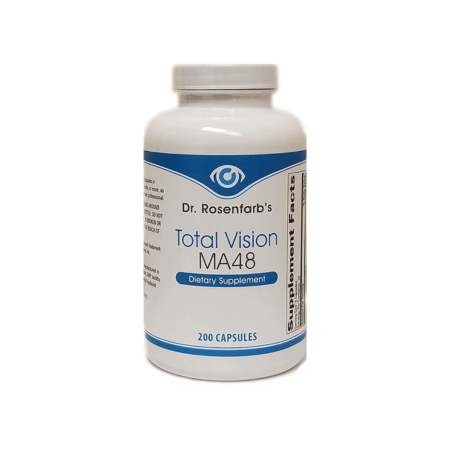
Total Vision MA48
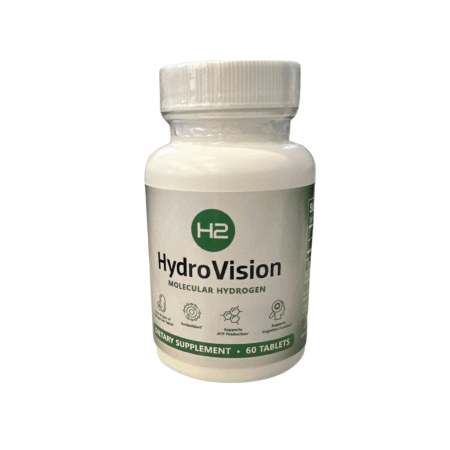
Hydro Vision – H2 Vision

CannaVision
Case Studies
Resources
Join Us on Facebook
Join Us on Youtube
Dr. Rosenfarb's Books

Healing Your Eyes with Chinese Medicine: Acupuncture, Acupressure, & Chinese Herb
For the past ten years, Andy Rosenfarb has successfully used acupuncture and Chinese medicine to treat a wide range of eye conditions. His treatments include moxibustion techniques, tuina (massage), microcurrent stimulation, Chinese herbs, and qigong exercises, along with essential acupuncture where essential oils are placed on acupuncture points. The culmination of his work which includes a recent pioneering study involving metabolic testing is this handbook for healing the kinds of conditions too often considered almost impossibly challenging or irreversible.The first half of Healing Your Eyes with Chinese Medicine explains Traditional Chinese Medicine and its perspective on the eyes, which is based on the idea that the eyes and the brain work in tandem, not isolation. The second half focuses on proven methods derived from Rosenfarb s practice, including nutritional, supplemental, and lifestyle adjustments. Individual chapters cover eye disorders such as glaucoma, macular degeneration, retinitis pigmentosa, and many more. This book is intended as a practical manual to help readers understand their eyes and vision more comprehensively, and to learn new, affordable ways for retaining the precious gift of sight.
